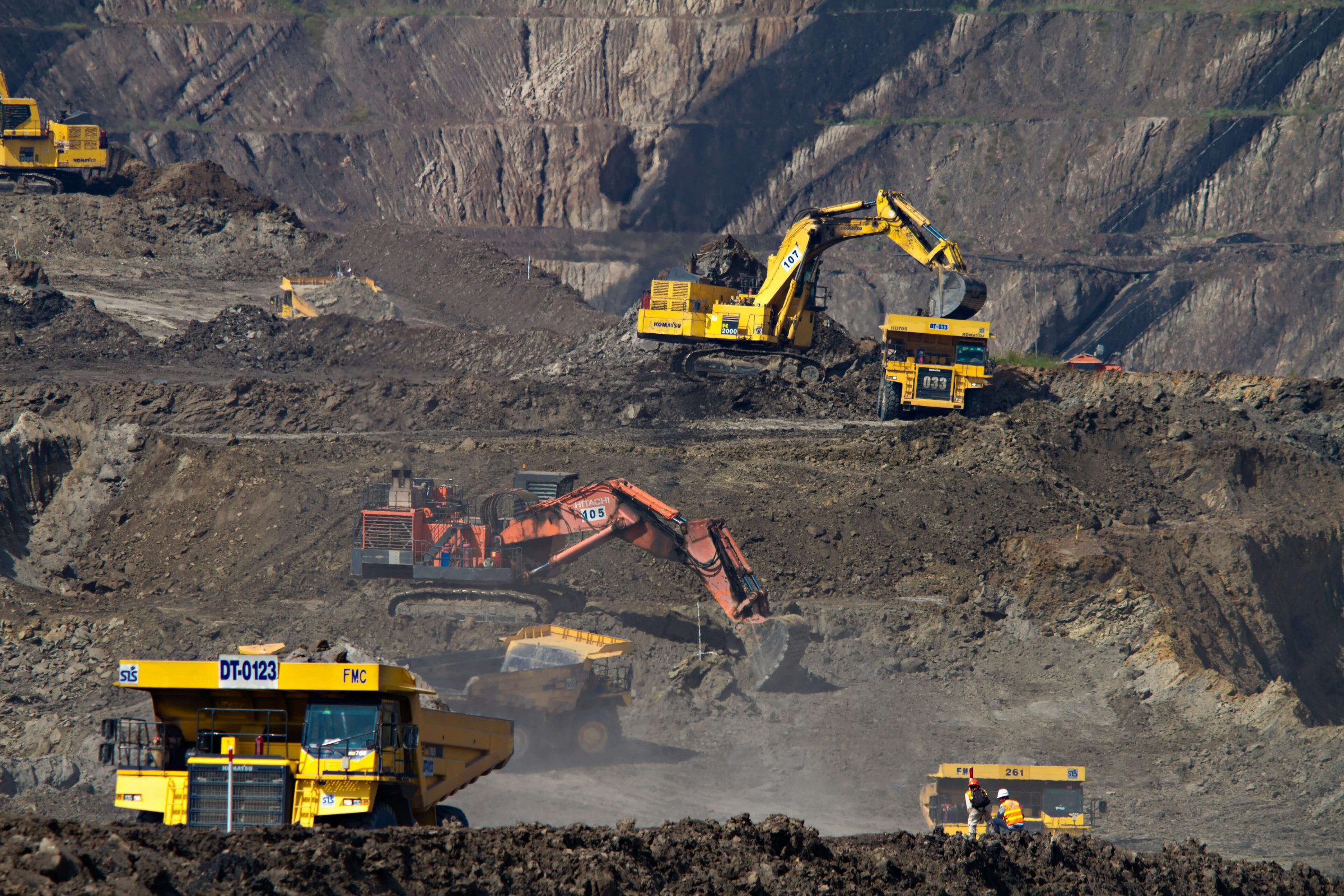Excavators are incredibly versatile machines used in many construction projects. What makes them even more adaptable are the various attachments you can use with them. Different excavator attachments allow you to tackle a wide variety of tasks, from digging trenches to breaking concrete. Knowing which attachment to use can make your work easier and more efficient. Keep reading to discover the best practices and tips for using and maintaining excavator attachments.
Understanding Different Types of Excavator Attachments
Excavators can be used for many tasks, depending on the attachment you choose. Here are some common types:
- Buckets: These are the most basic and widely used attachments. They come in different sizes and shapes, such as digging buckets for heavy digging and trenching buckets for narrow trenches.
- Hydraulic Breakers: These attachments are used for breaking up hard materials like concrete and rocks. They are essential for demolition work.
- Grapples: Grapples are great for picking up and moving large, irregular objects like logs, rocks, and debris. They come in different styles like mechanical and hydraulic.
- Augers: Used for drilling holes in the ground, augers are perfect for planting trees, installing fence posts, or drilling for footings.
- Rippers: Rippers are designed to tear through tough ground materials. They are ideal for breaking up hard soil or ice.
- Thumbs: A thumb is an additional piece that works with a bucket to grasp objects. It’s perfect for handling large materials that need to be picked up and moved.
Factors to Consider When Choosing an Excavator Attachment
Selecting the right attachment for your excavator involves several factors. Here’s what you need to think about:
- Job Requirements: Consider the task at hand. Different jobs require different attachments. For example, use a hydraulic breaker for demolition or a trenching bucket for digging narrow trenches.
- Excavator Size: Make sure the attachment fits your excavator. Too large or too small attachments can be inefficient and unsafe.
- Material Type: Think about the material you will be working with. Different attachments work better with different materials, such as rocks, soil, or debris.
- Attachment Compatibility: Check if the attachment is compatible with your excavator’s model. Some attachments are universal, but others are not.
- Budget: Factor in the cost of the attachment. While some attachments may cost more upfront, they can save money in the long run by increasing efficiency and reducing time on the job.
- Frequency of Use: Consider how often you will use the attachment. Renting an attachment for occasional use can be more cost-effective than buying it.
- Ease of Use: Look for attachments that are easy to attach and detach from your excavator. This can save time and reduce downtime.
Top Excavator Attachments for Common Jobs
Knowing which attachments to use for specific jobs can make your work easier and more efficient. Here are some top attachments for common tasks:
- Digging and Trenching: For digging and trenching jobs, a standard digging bucket or a trenching bucket is ideal. Digging buckets are great for general excavation while trenching buckets are narrow and perfect for creating trenches for utilities.
- Demolition: For demolition projects, hydraulic breakers are indispensable. They efficiently break up concrete, rocks, and other hard materials.
- Landscaping: Use augers for drilling holes for planting trees or installing fence posts. Add a landscape rake attachment to grade and level soil, making landscaping tasks easier.
- Material Handling: Grapples and thumbs are excellent for moving large and irregular objects like logs, rocks, and debris. They provide a secure grip, making material handling more manageable.
- Pavement Removal: For removing asphalt or pavement, a cold planer attachment is the tool to use. It grinds the surface, making it easy to remove and prepare for new layers.
- Forestry Projects: A mulcher attachment is perfect for forestry projects. It shreds trees, shrubs, and other vegetation, making land clearing quick and efficient.
Tips for Maintaining Your Excavator Attachments
Keeping your excavator attachments in good condition ensures they perform well and last longer. Here are some tips for maintaining them:
- Regular Inspections: Before each use, inspect the attachment for signs of wear, damage, or loose bolts. Regular checks help catch issues early.
- Clean Attachments: After use, clean the attachments to remove dirt, debris, and other materials. This prevents buildup that can cause wear and tear.
- Lubricate Moving Parts: Apply grease or lubricant to moving parts regularly. This reduces friction and prevents rust and corrosion.
- Store Properly: When not in use, store attachments in a dry and secure place. Keeping them off the ground protects them from moisture and damage.
- Follow Manufacturer Guidelines: Adhere to the maintenance guidelines provided by the attachment manufacturer. This ensures you use the right procedures and products.
- Address Repairs Promptly: If you notice any damage or malfunction, address it promptly. Delaying repairs can lead to further damage and reduce the attachment’s lifespan.
Conclusion
Choosing and maintaining the right excavator attachments are critical for getting the best performance from your machine. Different attachments can transform your excavator into a versatile tool capable of handling various tasks efficiently. Whether you are digging trenches, breaking concrete, or clearing land, the right attachment makes all the difference.
For high-quality equipment rentals in Middleburg, including top-quality excavator attachments, Lads Rentals has got you covered. We provide reliable equipment to help you complete your projects efficiently and safely. Check out our collection to discover the best tools for your next job with us today!




